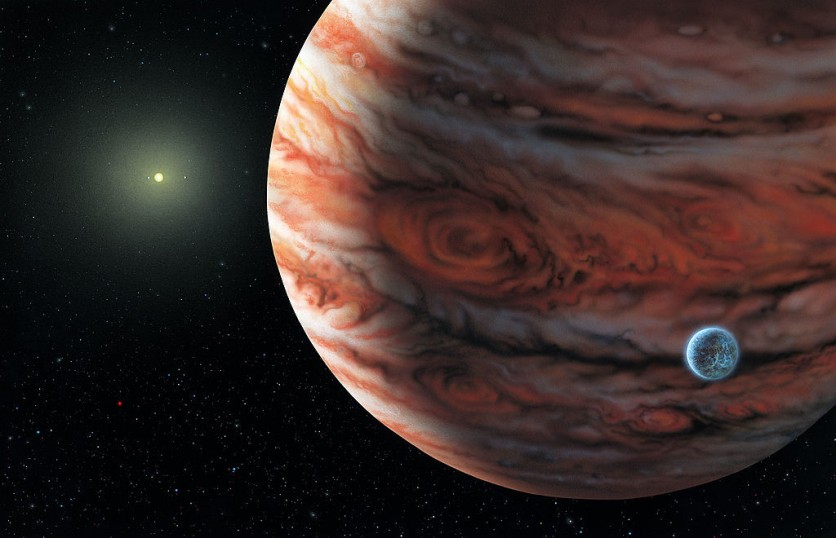Jupiter's Great Red Spot storms are getting more powerful, packing sonic speeds of 400 miles per hour, the NASA Space Hubble Telescope showed.

As per CNET, the Hubble Space Telescope, a project that NASA or the National Aeronautics and Space Administration and the European Space Agency collaborated on, recently showed a phenomenal development in the largest planet in the solar system--Jupiter.
Jupiter Great Red Spot Storm
It is worth noting that the Great Red Spot of Jupiter has been one of the most talked-about storms in the solar system, which astronomers have been looking into for 150 years already.
The prominent storm of the sizable planet is a highlight feature that Jupiter sports as it could be seen prominently from afar, making it distinct from others.
The gigantic Red Spot is notably even bigger than the Earth, spanning more than 10,000 miles.
Jupiter Great Red Spot Storm Gets More Powerful
Despite surpassing more than a century of observation from humans, the iconic storm of Jupiter is still getting more powerful in the present.
To be precise, the outer edge of the spot has been increasing its speeds of up to 8% based on the Hubble data from 2009 to 2020.
On the other hand, the inner part of the Jupiter storm is doing the opposite, slowing down its speed as time goes by.
However, it is to note that scientists are still clueless as to why the Great Red Spot is still prevailing with increasing speeds, according to The Register.
The mystery comes as the latest information from the storm is only taken from Hubble. As such, scientists are only limited to observations from the red clouds brought upon by the massive storm from the planet.
That said, whatever is occurring underneath the iconic Great Red Spot has yet to be discovered and understood.
Read Also : Jupiter 40-Year Mystery Solved | Astronomers Find Electrical X-ray Auroras 'Surfing' Electromagnetic Waves!
Jupiter Great Red Spot and Hubble Space Telescope
Although astronomers have piqued some interest in observing the Great Red Spot for 150 years already, its power has only been properly observed and logged by the eye of the Hubble telescope.
As such, scientists could now study the change in its speed as seen by the Hubble telescope.
Planetary scientist, Amy Simoin, addressed NASA in a statement last Sept. 27, saying that "we're talking about such a small change that if you didn't have eleven years of Hubble data, we wouldn't know it happened."
It is to note that Simoin is one of the authors of the study that showed the changing speeds of the Jupiter Great Red Spot published in the Journal Geophysical Research Letters.
Furthermore, the lead author of the study, Michael Wong from the University of California at Berkeley, said that the data from the largest planet could further help other scientists learn how the Great Red Spot remained in Jupiter even after more than a hundred years.
Related Article : NASA Hubble's Near-InfraRed Imager Jupiter's Atmosphere Using Different Lights-One Photo Looks Scary
This article is owned by Tech Times
Written by Teejay Boris
![Apple Watch Series 10 [GPS 42mm]](https://d.techtimes.com/en/full/453899/apple-watch-series-10-gps-42mm.jpg?w=184&h=103&f=9fb3c2ea2db928c663d1d2eadbcb3e52)



